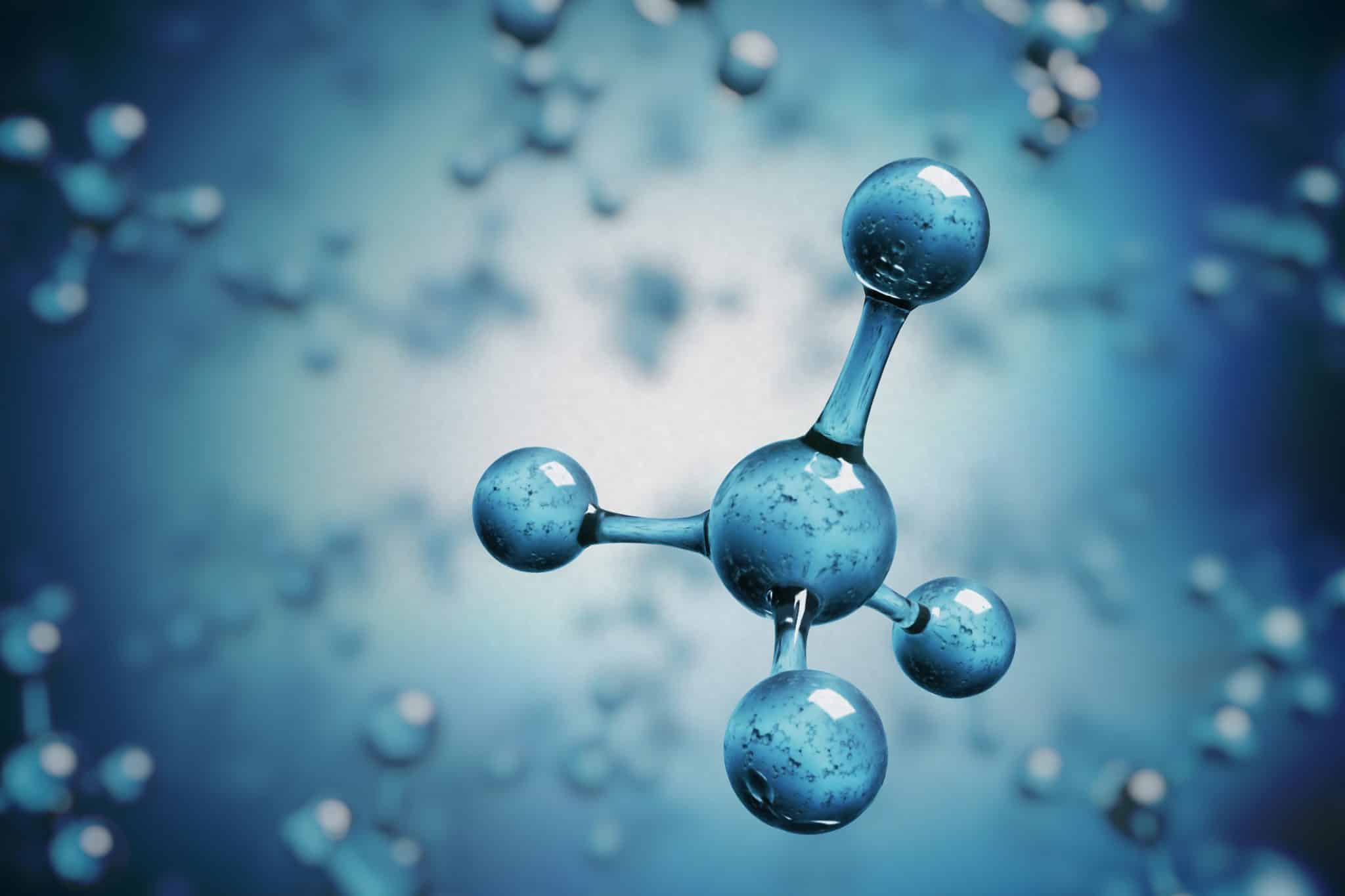
Is Ammonia the Next LNG?
Low-emissions ammonia presents an opportunity for Australia to build a parallel export business mirroring the early rise of the liquefied natural gas (LNG) sector.
Similarly to what LNG did in the past, low-emissions ammonia allows Australia to supply a new, decarbonising energy source to critical export markets in Asia, who already have a well-established strategic relationship with Australia and see the country as a preferred supplier.
Australia is already the largest LNG supplier in the world with 87.6 million tonnes per annum of export capacity, supporting export revenue of $92.8 billion in 2022. The country already boasts the necessary infrastructure, relationships, technical expertise and political support.
Many companies are looking at electrolysis-based hydrogen and ammonia projects, but these face cost, schedule, and technology challenges. Companies recognising the early-mover potential for low-emissions ammonia from gas with carbon capture and storage (CCS) include Woodside (pursuing a project near Perth) and Mitsui and Wesfarmers (pursuing a project in the mid-west).
One company that recognised this opportunity early and has made significant progress is ASX-listed Hexagon Energy Materials though its WAH2 low-emissions ammonia project in the Pilbara region of Western Australia.
The WAH2 project aims to convert natural gas into ammonia using proven technology, capture the associated CO2 for sequestration at a nearby third-party facility, and export the product via existing facilities at the nearby Port of Dampier.
Hexagon describes WAH2 as one of only five proposed low-emissions ammonia export projects in Australia that use natural gas feedstock and CCS – and the only one that has the advantages of access to an existing deepwater port and multiple, mature CCS projects nearby.
The company is working towards entry into front-end engineering and design (FEED) in mid-2024 and project sanction in 2025. First production is anticipated in 2028, in good time to contribute to 2030 decarbonisation targets.
Australian Resource and Management, January 3, 2024
